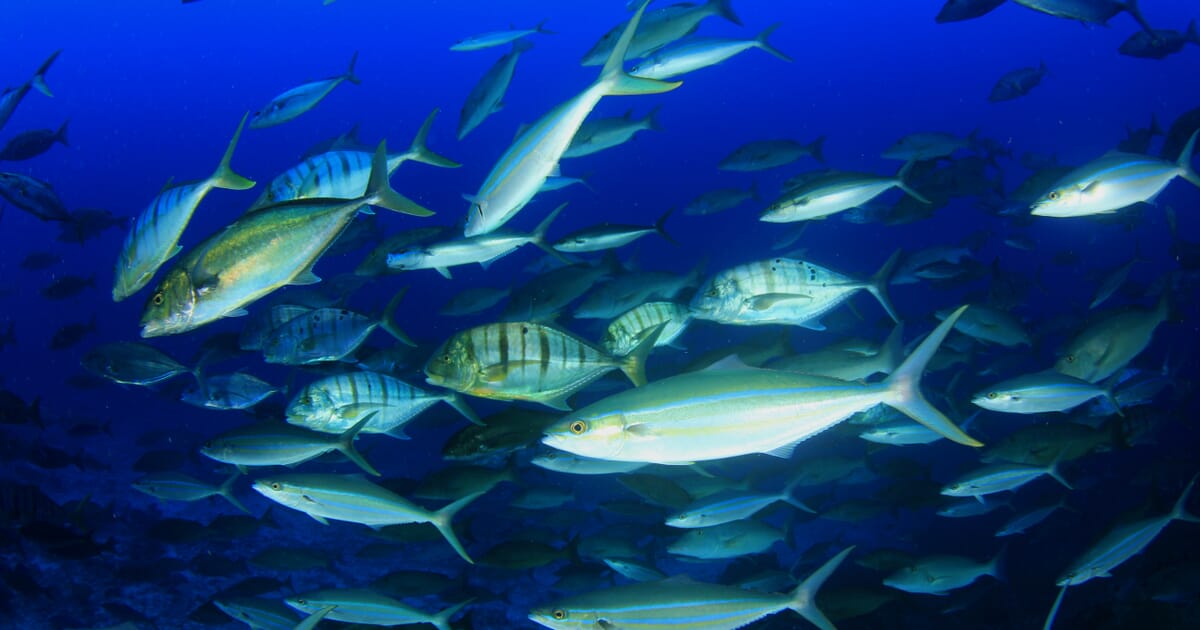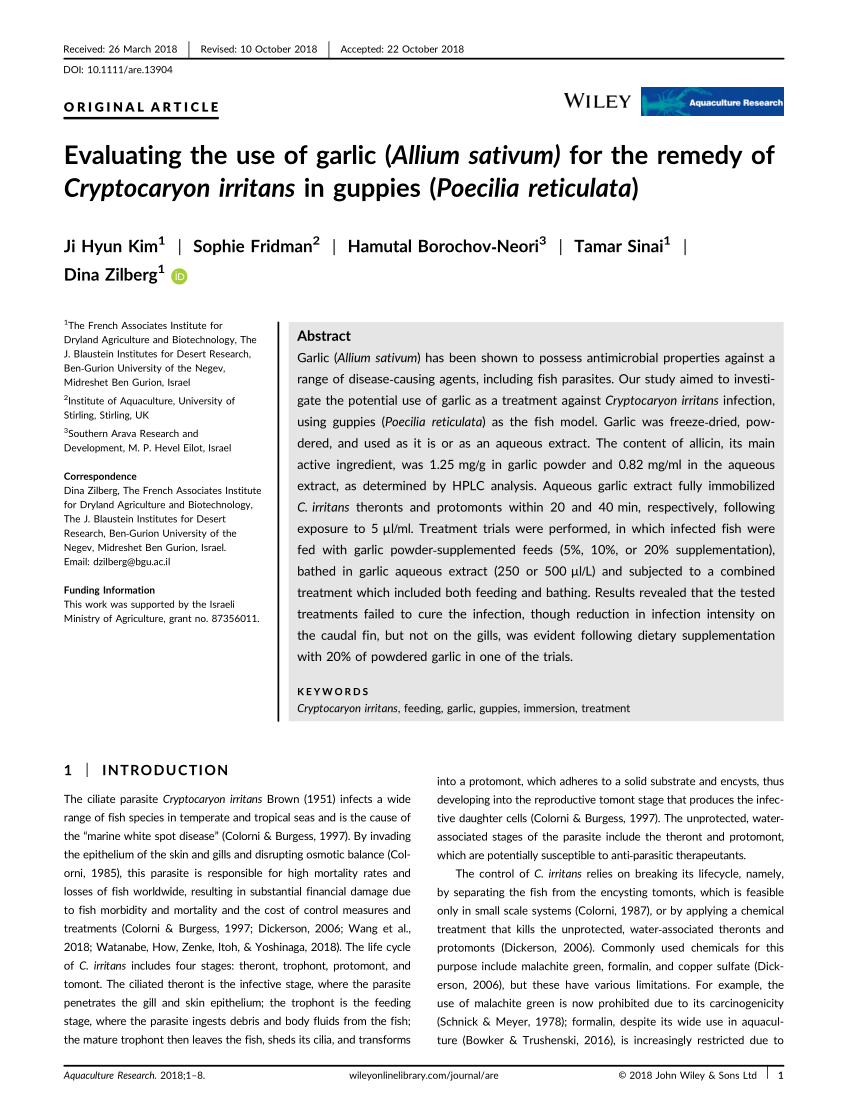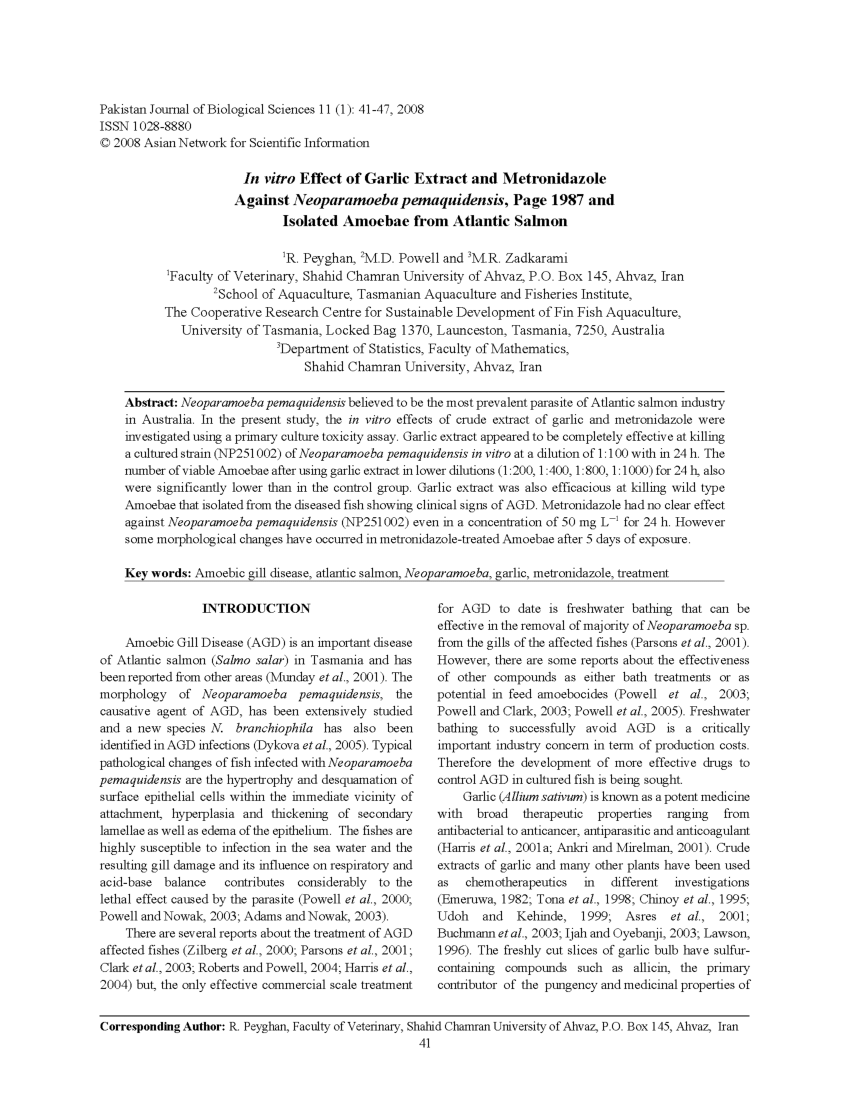Paul, the two peer reviewed studies thoroughly implicated carbon use...it isn’t a “theory”. The results were so clear, the ONLY unresolved item is, “are there other causes?”. Trouble is, that is still unresolved because nobody has taken the time/effort to test another hypothesis.Actually no one knows exactly what causes HLLE but everyone has a theory, including myself.
It is not a disease but a condition of captivity as wild fish do not get it.
The latest theory (which I do not fully believe) is carbon fines from activated carbon.
Electricity, nutrition and water conditions have been suggested but none of these seems plausible because if a fish is eating well and there is no carbon or stray electricity in the water, fish, especially tangs still get it.
It is also not curable in the later stages because the epidermis actually disappears but the fish can look a little better. It will always be scarred unless it is a very mild case.
My theory is that because all fish have a Lateral line which is a bundle of nerves that run along the sides of all fish and let them know what is next to them and allows them to navigate in total darkness, this line can "feel" everything that is near the fish. It also allows fish, especially tangs to swim in schools right next to each other without hitting each other. It allows them to fit in a small space in a coral reef without getting cut
HLLE or Lateral line erosion always starts on the head right where the lateral line enters the brain.
A fish in the sea has nothing around it except other fish, but in a tank it can sense the glass sides of the tank and the bottom. Fish in the sea don't generally swim a few inches over the bottom or constantly a few inches from a glass wall. A wall they can't see by the way.
This constant bombardment of impulses to the lateral line, eventually erodes it causing HLLE.
I also feel this is the reason some fish, like tangs, lookdowns, copperbands etc have tall, flat bodies compared to say a makeral. That shape allows the fish to have a much longer lateral line. Those fish have the worst cases of the condition.
This is also the reason Great White Sharks can't be kept in square tanks with straight sides, they go nuts and die because Great White Sharks have a much more sensitive lateral line than all other fish which allows them to find all those accountants that are floundering around in the water.
A smaller tank will make the condition worse as will quarantine in a small tank. I also feel copper will stress the fish more accelerating the condition. Many fish get the condition in quarantine and quarantine tanks rarely use carbon.
You can clearly see the lateral line arching over the back of my copperband here. It's the shinnier line of scales about 2/3rds up the side of the fish.
It's that line of scales that start near her eye and is slightly raised from the rest of the scales. All fish have this but on some it is harder to see. That is the most important sense on a fish and they couldn't navigate without it. It is also why you can't catch a fish with a net unless you trap it against something and why fish never crash into the glass even though they can't see it.
My present Hippo tang is a beautiful Royal blue and he has never eaten vegetable matter. After about a year so far, no signs of HLLE.
I also have two instances of wild fish developing HLLE, a black tang and a baby emperor angel....they were both filmed in a region with black lava sand.
Jay























